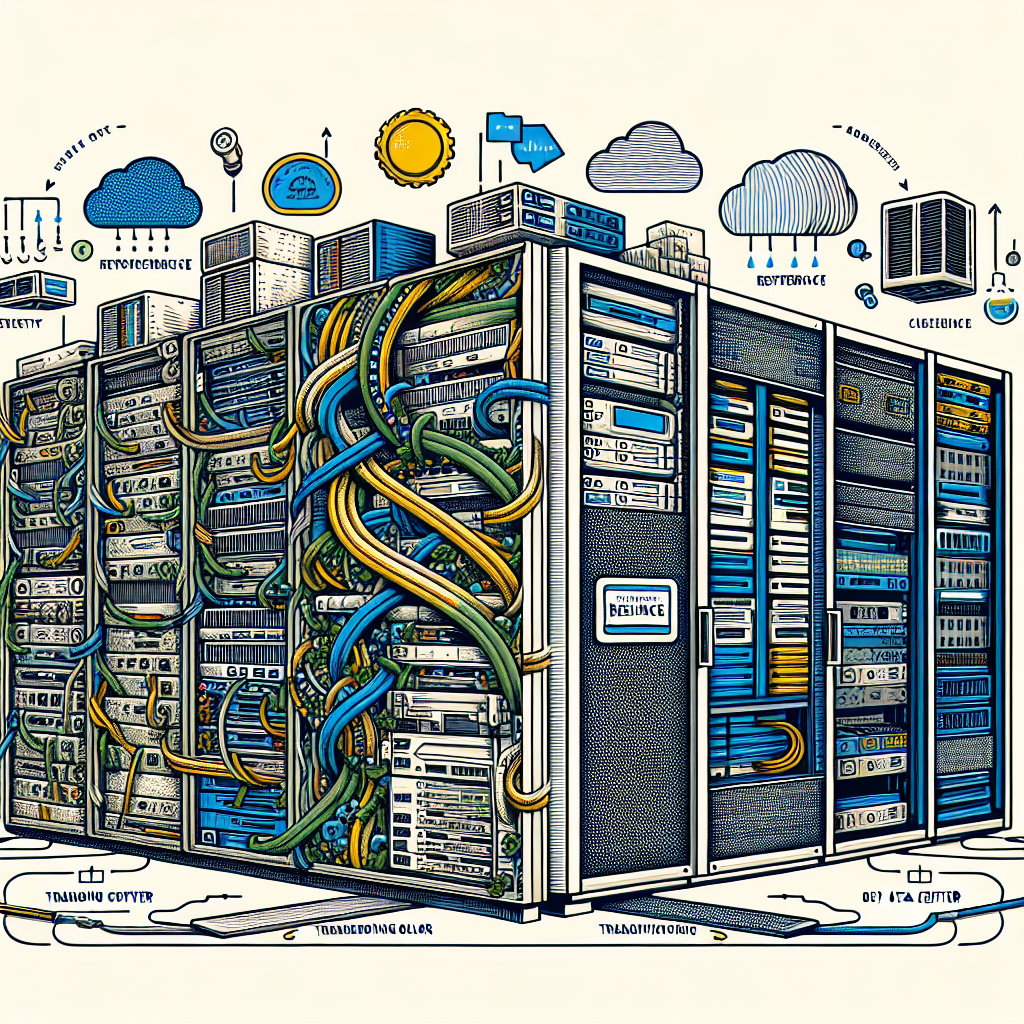Data centers are the backbone of modern businesses, providing the infrastructure needed to store, process, and manage vast amounts of data. In recent years, the demand for data center resilience has grown significantly as businesses rely more heavily on their data to drive decision-making and innovation. In response to this demand, data center resilience has evolved, with new trends and innovations shaping the way data centers are designed and operated.
One of the key trends in data center resilience is the move towards hyperconverged infrastructure. This approach combines storage, computing, and networking resources into a single, integrated system, making it easier to manage and scale data center operations. Hyperconverged infrastructure also improves resilience by reducing the risk of hardware failure and streamlining disaster recovery processes.
Another trend shaping data center resilience is the adoption of software-defined networking (SDN) and network function virtualization (NFV). These technologies allow data center operators to dynamically allocate resources and optimize network performance, improving resilience by reducing downtime and increasing flexibility.
Innovations in cooling and power management have also played a significant role in improving data center resilience. Advances in cooling technology, such as liquid cooling and hot aisle containment, have helped data centers reduce their energy consumption and improve their resilience by maintaining optimal operating temperatures. Similarly, innovations in power management, such as the use of renewable energy sources and energy-efficient hardware, have helped data centers reduce their environmental impact and increase their resilience in the face of power outages.
The rise of edge computing is another trend that is shaping data center resilience. Edge computing involves processing data closer to where it is generated, reducing latency and improving performance. This trend has led to the development of micro data centers, which are smaller, more distributed data centers that can provide localized processing power and resilience in the event of network failures.
As data center resilience continues to evolve, it is clear that businesses must stay ahead of the curve to ensure their data is secure and accessible at all times. By embracing trends such as hyperconverged infrastructure, SDN and NFV, and edge computing, businesses can improve their data center resilience and stay competitive in an increasingly data-driven world.


Leave a Reply